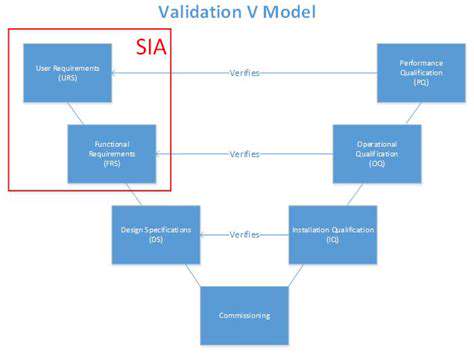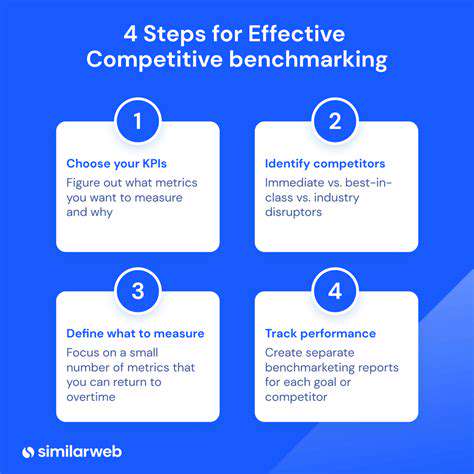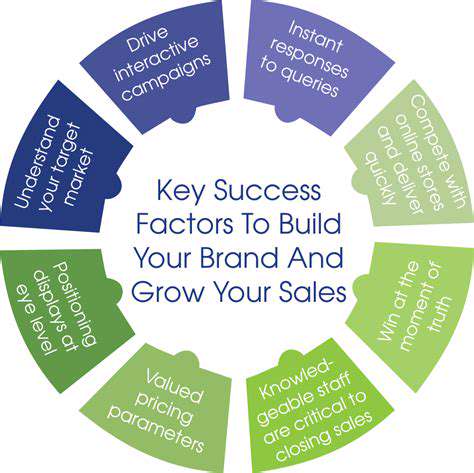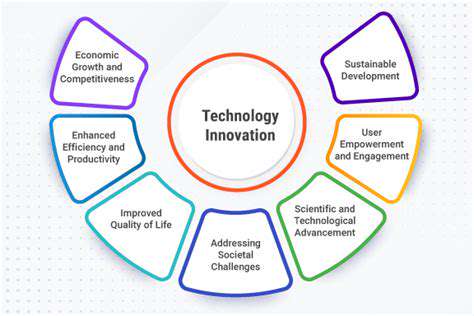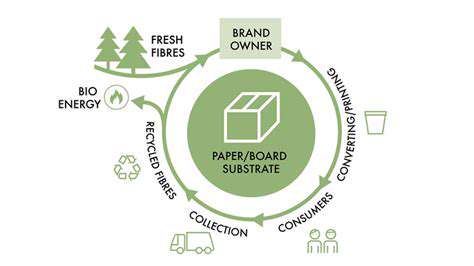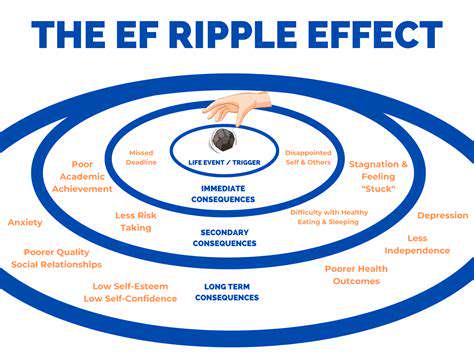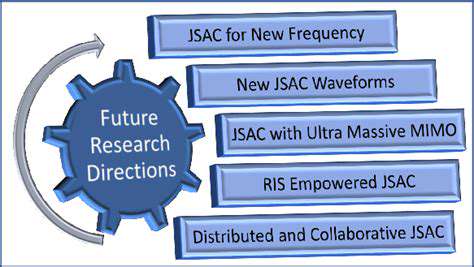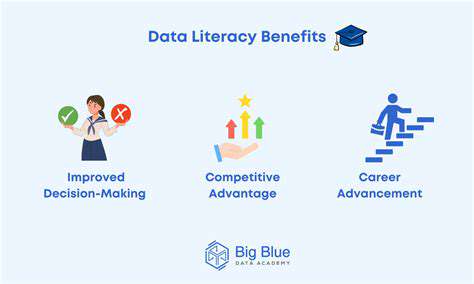Measuring Circularity: Advanced Metrics and Frameworks

Exploring Advanced Techniques
To truly advance beyond foundational concepts in circularity assessment, we must embrace more sophisticated methodologies. These approaches blend multiple analytical frameworks with real-world contextual awareness, enabling a deeper, more actionable understanding of circular systems. While traditional metrics provide static snapshots, these advanced techniques reveal dynamic interconnections.
Consider the power of combining material flow analysis with dynamic system modeling. This dual approach captures not just quantities but the temporal and spatial dimensions of resource flows. Such multidimensional analysis exposes hidden inefficiencies that single-metric evaluations might overlook, while predictive elements help anticipate future bottlenecks before they disrupt circular systems.
Understanding the Contextual Factors
Effective circularity strategies must account for the unique ecosystem where they'll be implemented. Regional infrastructure capabilities, local material availability, and community engagement levels all profoundly influence outcomes. A textile recycling initiative successful in Germany may fail in Vietnam without adapting to different collection systems and market conditions.
Historical precedents matter too. Cities with strong informal recycling networks (like Mumbai's kabadiwallahs) require different engagement strategies than regions building recycling systems from scratch. This contextual intelligence transforms generic principles into locally effective solutions, whether adjusting for seasonal material flows or cultural attitudes toward waste.
Optimizing for Efficiency and Scalability
As circular models expand from pilot projects to city-wide implementations, design decisions made early become increasingly consequential. Modular system architectures prove particularly valuable, allowing components to be upgraded without overhauling entire networks. Tokyo's evolving e-waste processing infrastructure demonstrates this principle effectively.
Automation plays a dual role - while robotic sorting improves consistency, human workers remain essential for quality control and handling complex disassembly tasks. The most scalable systems, like Amsterdam's smart waste collection network, strategically combine technological and human elements based on each task's requirements.
Leveraging Technology for Enhanced Capabilities
Emerging digital tools are revolutionizing circularity tracking. Blockchain-enabled material passports now provide immutable histories for construction materials, while AI-powered image recognition sorts mixed waste streams with unprecedented accuracy. These technologies don't just improve efficiency - they enable entirely new business models like material-as-a-service offerings.
However, technology adoption requires careful calibration. Rotterdam's smart bin network succeeded by first testing sensor types across diverse neighborhoods, proving that effective implementation matters more than technical sophistication alone. The right tool varies by context - sometimes a simple RFID tag provides more practical value than cutting-edge AI.
Developing a Robust Feedback Loop
Circular systems thrive on continuous iteration. Barcelona's organic waste program evolved through quarterly reviews of contamination rates, adjusting collection schedules and education campaigns based on real data. This cyclical improvement process turns setbacks into learning opportunities rather than failures.
Effective feedback systems incorporate multiple perspectives. When Stockholm redesigned its recycling stations, input from elderly residents led to ergonomic improvements that boosted participation across all age groups. Inclusive feedback mechanisms surface insights that pure data analysis might miss, creating systems that work better for everyone.
Maintaining Ethical Considerations
Circular transitions must advance equity alongside sustainability. When São Paulo formalized waste picking cooperatives, it didn't just improve recycling rates - it transformed livelihoods. True circularity reconciles environmental and social outcomes, ensuring vulnerable communities aren't disadvantaged by the transition.
Data ethics require particular attention as tracking systems expand. Brussels' circular economy dashboard anonymizes business performance data to prevent competitive disadvantages, demonstrating how transparency and privacy can coexist in circular systems. These ethical safeguards build the trust necessary for long-term success.
